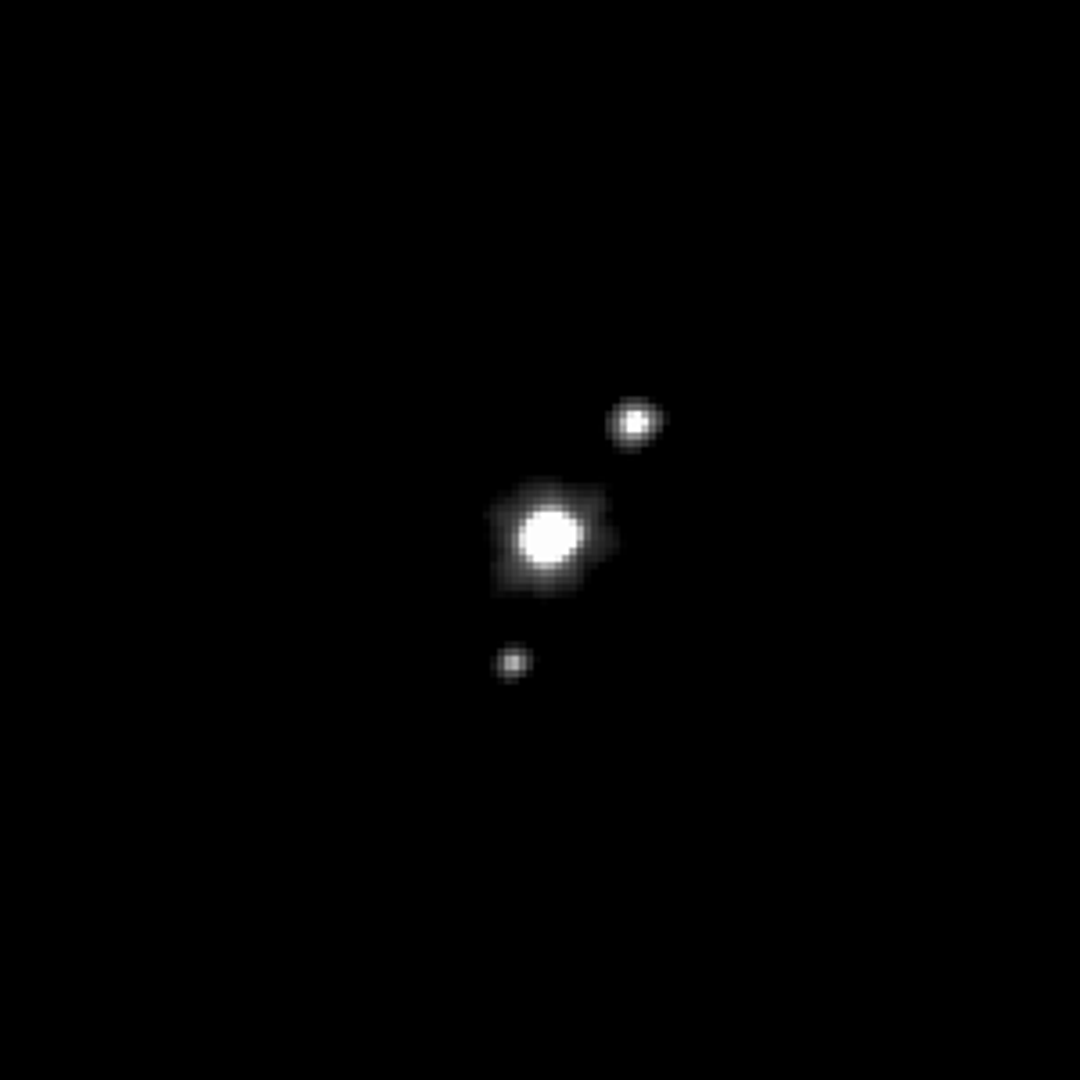Haumea
7.11

Overview
(136108) Haumea is a dwarf planet in the Kuiper Belt, discovered on March 7, 2003, which gained fame due to its unique shape and rapid rotation. It has a diameter of approximately 1,595 km, and its shape resembles a thick cigar, a result of its extremely fast rotation period of just four hours. Most of its surface is covered in ice, accounting for about 75% of its composition. Haumea orbits the Sun on a highly elliptical path, taking about 281 years to complete one revolution. This object was likely involved in a cosmic collision, which may have led to the formation of its two natural satellites: Hiʻiaka and Namaka, each with unique characteristics and connections to Hawaiian mythology. Hiʻiaka, the larger moon, has a diameter of about 350 km and orbits Haumea in 49.12 days, while Namaka, with a diameter of approximately 150 km, completes its orbit in 34.7 days. Observations have also revealed the presence of a ring around Haumea, marking a significant discovery in the study of celestial bodies. It is also worth noting that Haumea is named after the Hawaiian goddess of fertility and childbirth, highlighting its cultural significance and deep ties to the mythology of local communities. The discovery of Haumea sparked controversy among astronomers due to disputes over credit between different research teams, further fueling scientific interest in this object.
Location
2025 Wizytor | All Rights Reserved